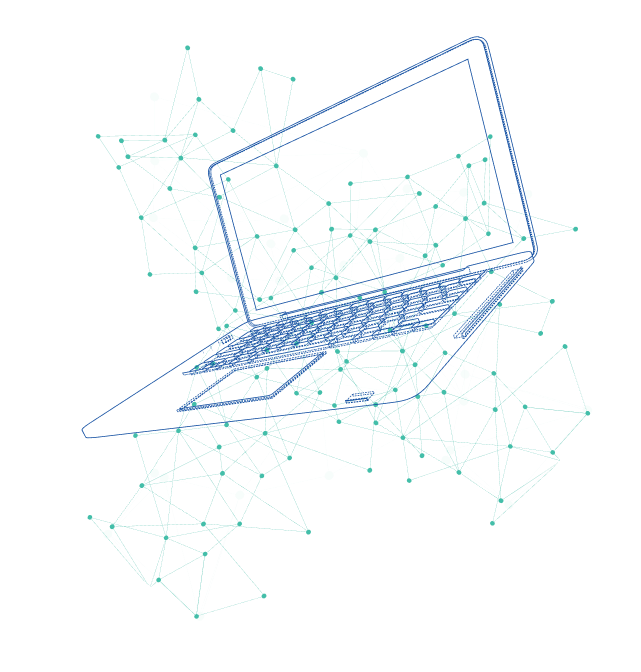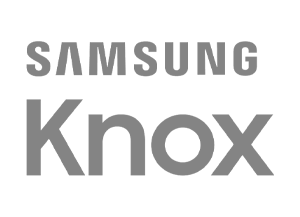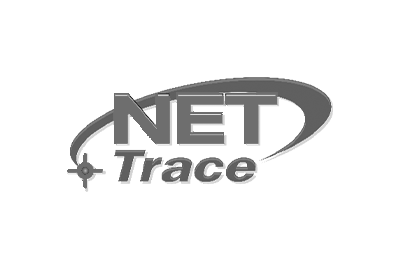Cloud andSoftware
Cloud Computing

With the rise of cloud computing, software licensing began to change mostly due to the very nature of working online and to drive adoption of products on a daily basis. While the seat license model is slowly transition (mostly due to volume discounts), many companies are actively moving towards Cloud licensing to capture new market share.
Thanks to the Cloud, customers began to expect the ability to pay month-to-month and cancel at any time if they were not happy with their experience. These expectations led to the recurring types of licensing models.
Month-to-month and annual subscription licenses are standard fare in the Cloud. Paying these regular fees enables you to use the software or service for the next month or year respectively.
Paying month-to-month give your small business the flexibility it needs to change vendors or stop using the Cloud for a particular service altogether. This is a significant advantage over the older types of licenses where you paid a higher one-time fee up front.
That said, paying for an annual license can lead to significant cost saving as many vendors heavily discount the price-per-month if you do so.
Many vendors allow you to start with a month-by-month license and then move to a pro-rated annual license if you decide to do so.
While cloud licensing may seem confusing at first, it helps if you break it down into the types of licenses discussed above. That way, you can weigh the pros and cons of each option more clearly.

1/3
Productivity
A device is merely an interface to software which allow us to be productive. Without software, hardware is not usable.
Productivity software is a broad term used for software applications that increase the efficiency of the user or group of users . Software designed to improve employee productivity is referred to as workplace productivity software. We offer productivity suites such as Microsoft Office or Microsoft 365. As well as provisioning of user services, profiling and Apps.
2/3
Security and Compliance
Security software to help fight off nasty phishing and unwanted viruses; device management prevents malware infections and data leaks by managing access to devices connected to your targeted endpoints. Applicable laws, regulations and governance structures (Like POPI, GDPR, ITIL) force companies to comply.
Software / cloud platforms are the most efficient way to monitor and manage compliance and risk.
Mobile Device Management
Privacy, Identity management and cyber security
Asset Management
3/3
Infrastructure
New compliance and security regulations place immense pressure on organizations and its internal resources to manage and maintain infrastructure.
Cloud vendors generally mitigate these pressures and costs by managing compliance and risk areas on behalf of their clients.
Storage, compute and networking in the Cloud.
Get the most out of on premise software and public cloud and build your future with an operating system that bridges on-premise environments with Azure.
















